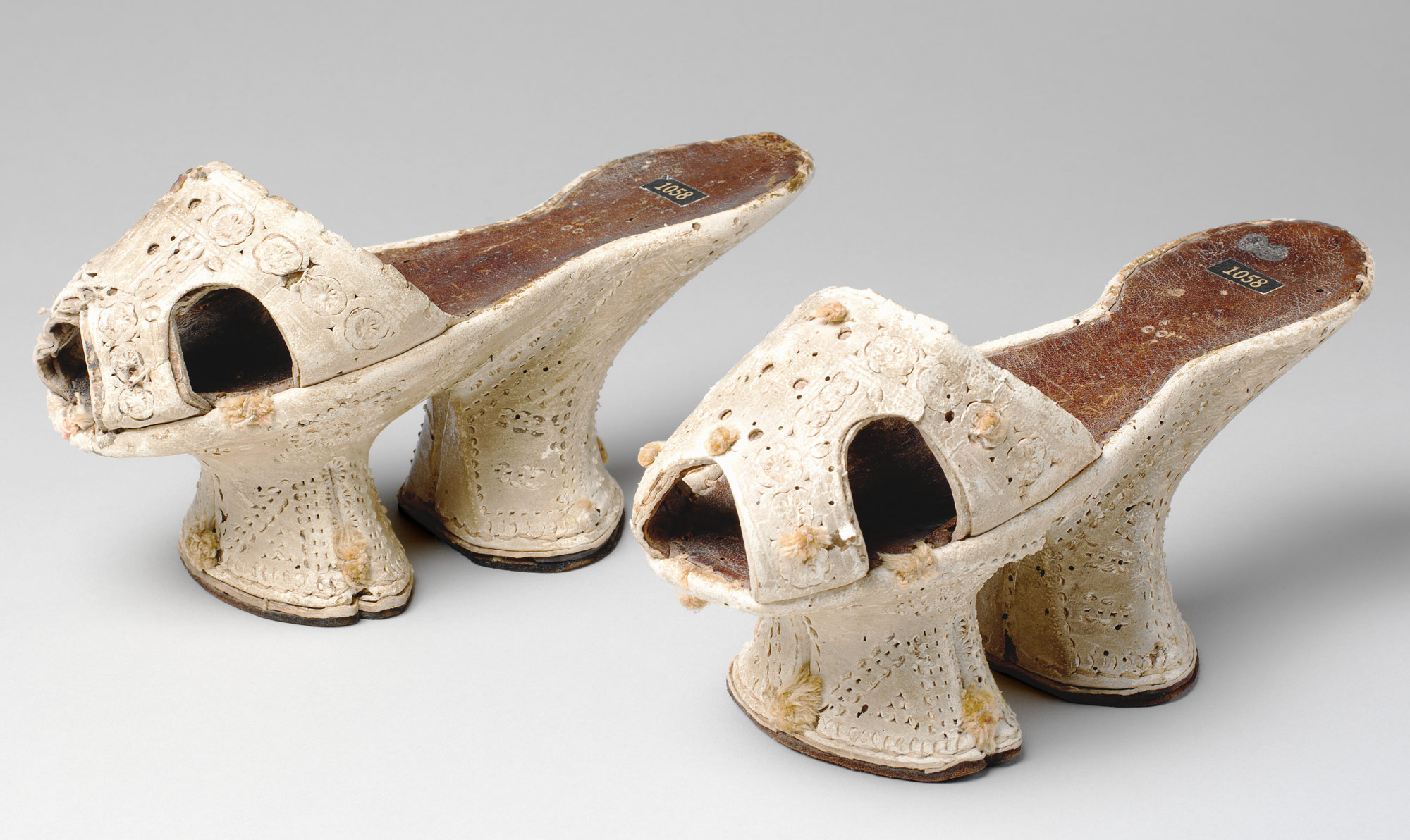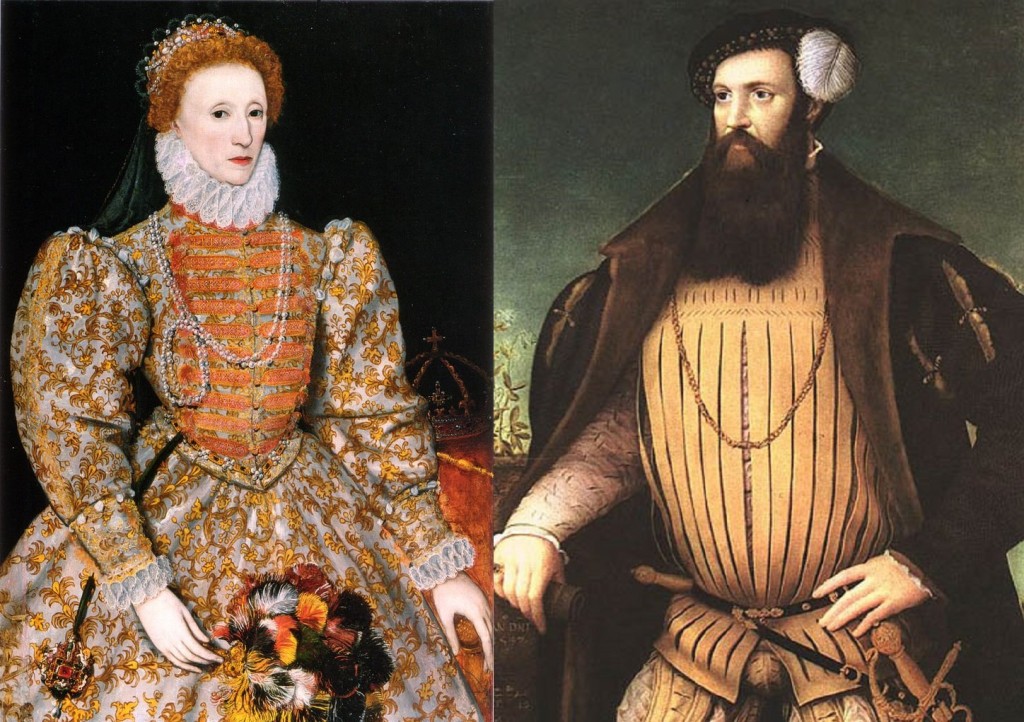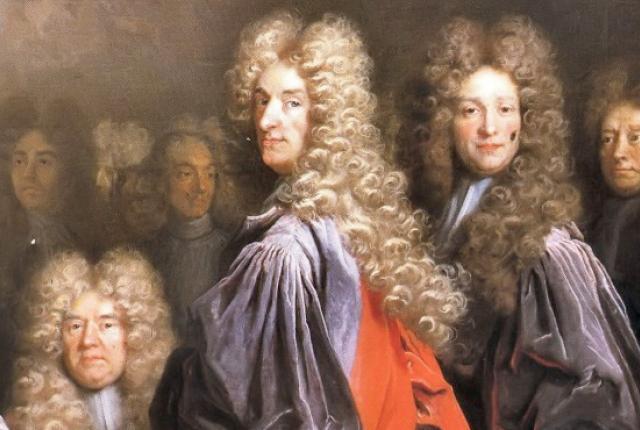Fashions come and fashions go but for some trends, it’s worth forgetting they ever even happened. History has served up some of the most bizarre looks out there and while they might not still be around, they sure have lasted past their origins. These trends might seem strange but in their day, they served a very real purpose. Signs of class and status, many historical trends gave people an idea of where they fit in society and without them, there was little to distinguish between classes. There’s a lot more to clothes than meets the eye.
- Chopines
Never heard of a chopine? You’re probably not alone. A fashion piece from the 16th and 17th centuries, chopines were particularly popular amongst Venetians, acting as a very early precursor to the platform shoes of today. Their high soles were made specifically for the streets of Venice, making it easier for women to trudge the irregular or muddy cobblestones. The trend went so far that before long, shoes were sporting heels of up to 20 inches. Wearers of these kinds of footwear were often supported by an attendant; with heights that high, walking could become a problem.
- Bombasting
When Queen Elizabeth I was on the throne, people were often in the habit of bombasting, or padding their clothing. At the time, it wasn’t unusual to see men and women of the upper classes in clothes that had voluminous sleeves, puffed up thanks to things like rags, cotton, horsehair or even brains. After the reign of Elizabeth, the trend continued to spread around the world, with men of the colonial periods stuffing their legs in order to look more muscular. In fact, this trend has simply moved around the body, with people stuffing various parts of their clothes in order to enhance their figure.
- Scented Cones
The Egyptian race were one of the most advanced in society and by looking back, we can gain a great deal of insight into the past. As well as being culturally advanced, the people were well versed in the facts of fashion, sporting a variety of looks across the ages. One of the most bizarre was the scented cones that often made the rounds. Noblewomen are frequently depicted in Egyptian tomb paintings as wearing cones on the top of their heads. These cones served a hygienic purpose, acting as a sort of deodorant. Made from things like wax or grease, the cones were used to dispel the smells released in hot environments.
- Powdered Wigs
Wigs were big business in the 16th century, and it could be all down to the outbreak of syphilis. While long hair denoted wealth and status under the reign of King Louis XIV, many had to turn to wigs as a way of keeping to the trend after having suffered from the disease. Powdered wigs were soon rising to fashion, with the most elite coloring their hairpieces in a variety of pastel shades. The look continued well into the 18th century, before falling off the radar after the taxing on hair powder was introduced.





